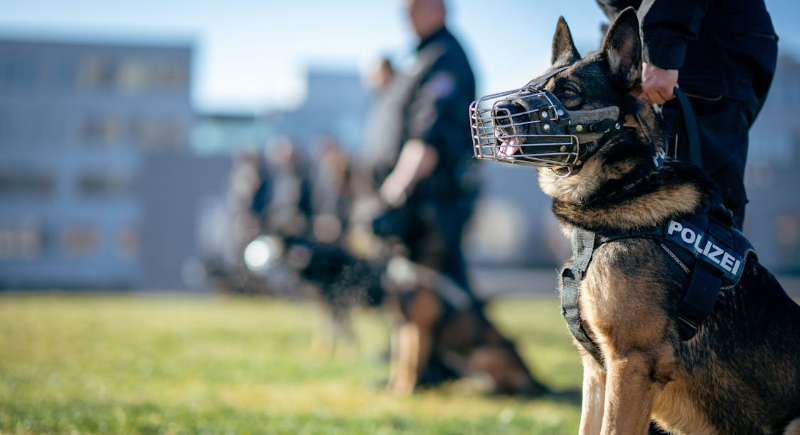A New York City Woman With Working Dogs Shares Her 2 ‘Controversial’ Pet Rules
Talia Henze lives in Brooklyn with two dogs not typically associated with city apartments: a German Shepherd and a Dutch Shepherd. Both breeds come from working lines, which means they’re built for action, not lounging around. Henze trains her dogs regularly, competes with them in protection sports, and runs a growing social media presence.
While many viewers admire her dogs’ obedience and energy, Henze knows their temperament and needs aren’t for everyone. She uses tools that often cause debate, but her reasons come from both experience and research.
Managing Drive, Discipline, and Urban Living
Talia Henze has lived in New York City for over a decade. She adopted her first dog, a German Shepherd named Ava, in 2020, during the early days of the COVID-19 pandemic. She and her husband moved into a Brooklyn apartment and made the decision after Talia visited a friend with a protection-trained dog. That experience changed her thinking on dog ownership. Three years later, they added Brego, a Dutch Shepherd with even higher drive.
Today, Henze trains with both canines several times a week on Long Island through the Protection Sport Association. Her social media videos usually highlight their precision and athleticism, but behind the posts is a daily routine. After all, managing two high-drive companions in a dense, noisy urban setting requires more than affection. It takes planning, control, and commitment, along with two rules she holds firmly for their safety and balance.
The First Rule: Crates Create Space and Stability
In her home, Henze uses crates to manage overstimulation and prevent conflict. With two large working breeds in close quarters, free access to space doesn’t always lead to harmony. Ava roams freely more often, while Brego, who has a more intense temperament, tends to stay in his crate. Henze doesn’t view this as a restriction. She sees it as a tool for maintaining peace and predictability.
The American Kennel Club supports this view. Experts there explain that crate training offers dogs a secure space to self-soothe, rest, and reduce stress. In emergencies, dogs who are crate-trained can evacuate quickly and remain calm in shelters or hospitals.
Crates also help with housebreaking and can prevent destructive behavior. Senior canines benefit too, as they can avoid heightened stress and rest their joints. The owner understands that many New York apartments don’t offer private rooms or quiet nooks. This is why, for her dogs, the crate is the room of their own they need to recharge, not a punishment to endure.
The Second Rule: Why Muzzle Training Matters

Image via Pexels/Maxed Raw
Both animals are regularly trained to wear muzzles, and the dog-parent also recommends this practice to her clients. She doesn’t use muzzles as a reaction to misbehavior. Instead, she employs them as a security measure in crowded and unpredictable environments.
During vet visits, for example, muzzles typically help these four-legged companions stay calmer and help staff work without added stress, which can improve the visit’s outcome. Henze also points out that muzzles are required in some competition settings. For that reason alone, the dog needs to be familiar with the tool.
Behavior experts agree with this approach: a muzzle, when introduced positively, can prevent incidents without causing distress. Basket muzzles even allow dogs to pant, drink, and accept treats. Henze trains with the same kind because she wants her pups to view the muzzle as neutral, not negative.
In a city where dogs pass strangers, traffic, food scraps, and other dogs constantly, the muzzle is part of how she reduces risk for everyone.